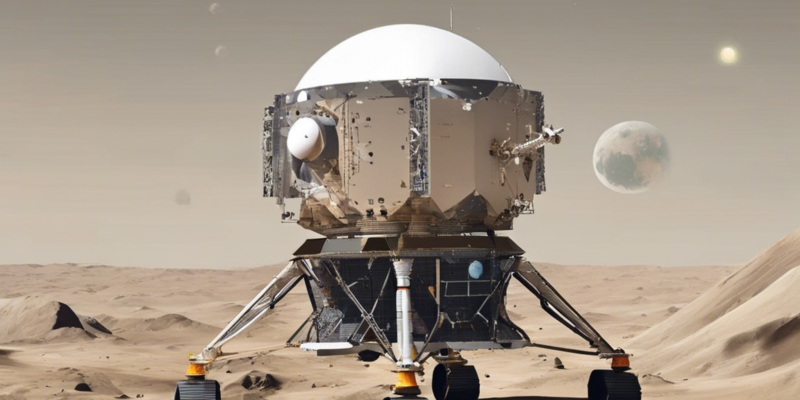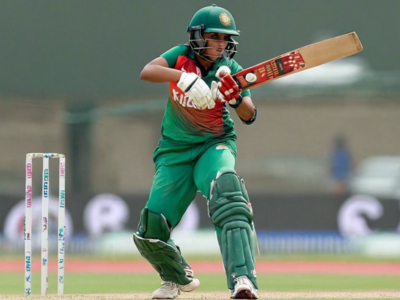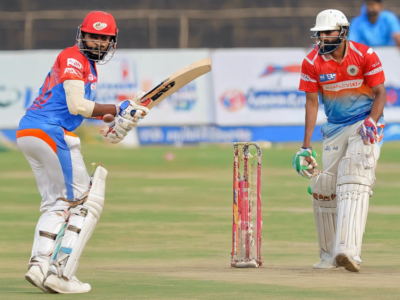The Chandrayaan 2 mission, launched by the Indian Space Research Organisation (ISRO) in July 2019, marked a significant milestone in India’s space exploration journey. This ambitious mission aimed to further our understanding of the Moon’s surface, its mineral composition, and the presence of water molecules.
Exploring the Moon: A Closer Look at Chandrayaan 2
The Chandrayaan 2 mission consisted of an orbiter, a lander named Vikram, and a rover named Pragyan. The primary goal of the mission was to explore the southern pole of the Moon, a region that remains relatively unexplored compared to the equatorial regions.
Key Objectives of Chandrayaan 2:
-
Orbiter: The orbiter was designed to study the lunar surface and create detailed 3D maps of the Moon’s surface. It would also study the exosphere of the Moon and perform remote sensing of the Moon.
-
Vikram Lander: The Vikram lander aimed to achieve a soft landing on the lunar surface near the south pole and conduct various scientific experiments. It was also equipped with instruments to study the lunar surface.
-
Pragyan Rover: The Pragyan rover, housed inside the Vikram lander, was designed to move on the lunar surface, analyze soil samples, and send data back to Earth.
The Mission Unfolds: A Rollercoaster Ride
The Chandrayaan 2 mission encountered both challenges and successes during its journey. The launch and lunar orbit insertion phases were executed flawlessly, showcasing ISRO’s expertise in space missions. However, during the final descent of the Vikram lander to the lunar surface, communication was lost just moments before touchdown.
Despite the setback of losing communication with the lander, the orbiter continued to function as planned and provided valuable scientific data. The orbiter’s instruments have been instrumental in making several important discoveries, including identifying water molecules on the lunar surface.
Chandrayaan 2: The Legacy Continues
While the Vikram lander may not have successfully completed its mission, the Chandrayaan 2 mission as a whole has been a remarkable success. The orbiter continues to orbit the Moon, sending crucial data back to Earth and expanding our knowledge of the lunar landscape.
The Chandrayaan 2 mission has paved the way for future lunar exploration missions, showcasing India’s capabilities in space technology and its commitment to advancing scientific research. As we look towards the future, the data collected by Chandrayaan 2 will continue to yield new insights and contribute to our understanding of the Moon and its potential for future exploration.
Frequently Asked Questions (FAQs)
-
What were the primary objectives of the Chandrayaan 2 mission?
The Chandrayaan 2 mission aimed to explore the southern pole of the Moon, study its surface, mineral composition, and search for water molecules. -
What was the role of the Vikram lander in the mission?
The Vikram lander was designed to achieve a soft landing on the lunar surface near the south pole and conduct various scientific experiments to study the lunar surface. -
What happened during the final descent of the Vikram lander?
Communication with the Vikram lander was lost just moments before its scheduled touchdown on the lunar surface, leading to an interruption in the mission. -
What discoveries did the Chandrayaan 2 orbiter make?
The orbiter identified water molecules on the lunar surface, provided detailed 3D maps of the Moon’s surface, and studied the exosphere of the Moon. -
How has the Chandrayaan 2 mission contributed to lunar exploration?
Despite the challenges faced during the mission, Chandrayaan 2 has expanded our knowledge of the Moon, showcased India’s space technology capabilities, and laid the foundation for future lunar exploration missions.
The Chandrayaan 2 mission stands as a testament to India’s pursuit of scientific discovery and exploration beyond Earth’s boundaries. As we continue to unravel the mysteries of the cosmos, missions like Chandrayaan 2 inspire us to reach for the stars and push the boundaries of human knowledge and ingenuity.








